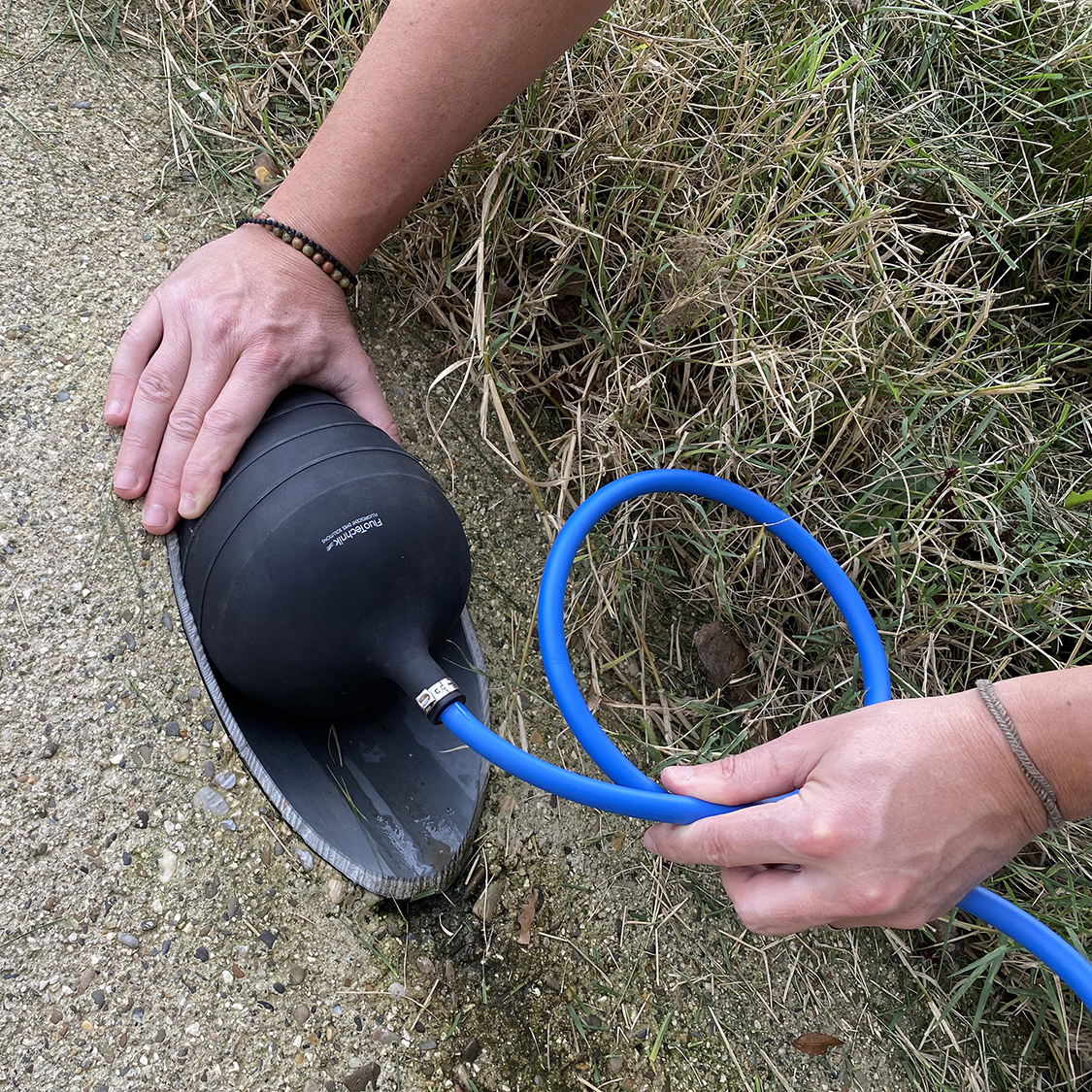
Inflatable Pipe Plugs :
Uses and Benefits in Various Fields
In the fields of plumbing and water management, inflatable pipe plugs are essential tools. These versatile devices offer numerous applications and advantages, making everyday tasks easier and more efficient. This article presents the uses and benefits of inflatable pipe plugs across various domains, including stormwater drains, wastewater systems, plumbing, swimming pools, and tanks.
What is an Inflatable Pipe Plug ?
An inflatable pipe plug is a device used to temporarily block water flow in a pipe. There are two main types: with by-pass, allowing partial water flow through the plug, and without by-pass, completely stopping the flow. These plugs are commonly used for maintenance and repair in pools and tanks, and for temporarily sealing pipelines during drainage or cleaning operations.
Benefits of Inflatable Pipe Plugs
Inflatable pipe plugs offer many advantages. They are easy to use, effective, and provide a temporary solution for controlling water flow. Highly versatile, they can be used in various environments. From professional plumbers to pool owners, a wide range of users benefit from these tools, each according to their specific needs. Inflatable pipe plugs are efficient and adaptable tools with numerous applications in different sectors.
Concrete Examples
During heavy rainfall, stormwater pipes may become overloaded. A plug can be used to temporarily block part of the pipe, allowing controlled water flow and preventing overflow.
In treatment plants, plugs isolate pipe sections for maintenance without shutting down the entire system.
During bathroom renovations, a plumber may use a plug to block water in one section of the piping while working elsewhere.
Inflatable plugs block pipes during cleaning, ensuring that water does not enter the work area.
In sectors like refineries or chemical plants, plugs isolate sections of piping for safe maintenance.
Plugs in downspouts allow water retention on terraces or roofs for leak detection. Fluorescent tracers, visible under UV light, are added to water to highlight infiltration paths. This non-invasive method is ideal for locating waterproofing defects without damaging the structure.
